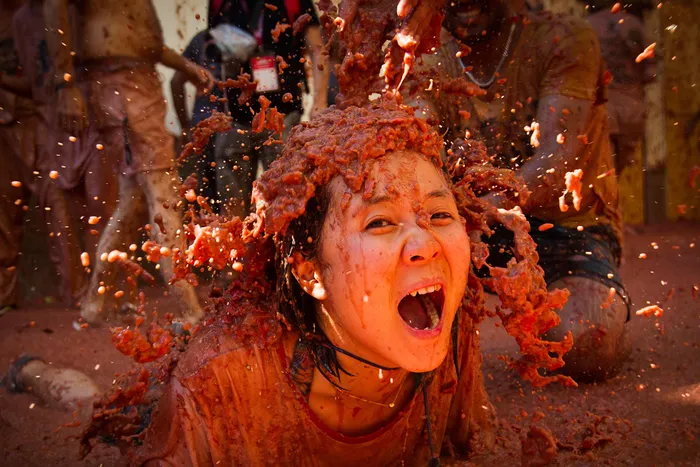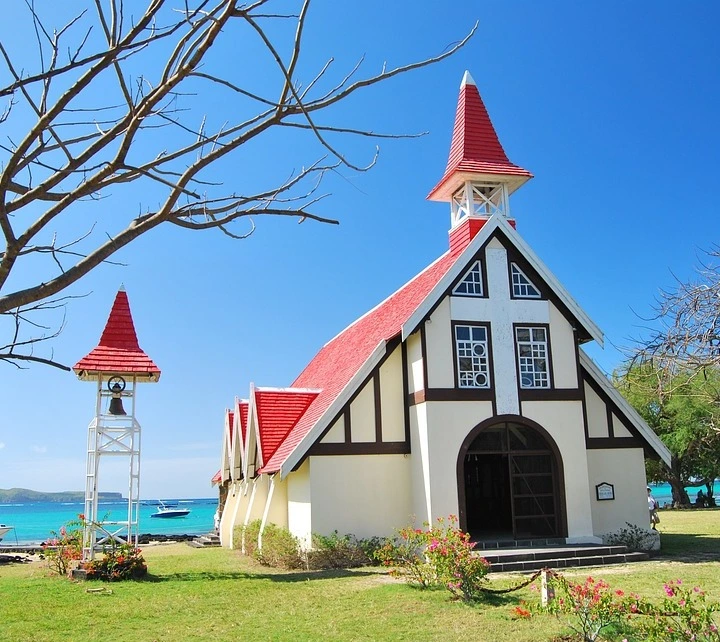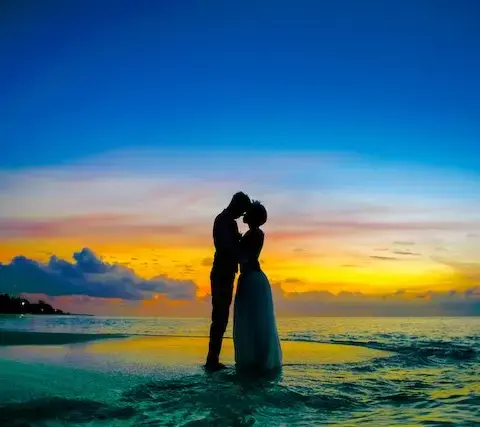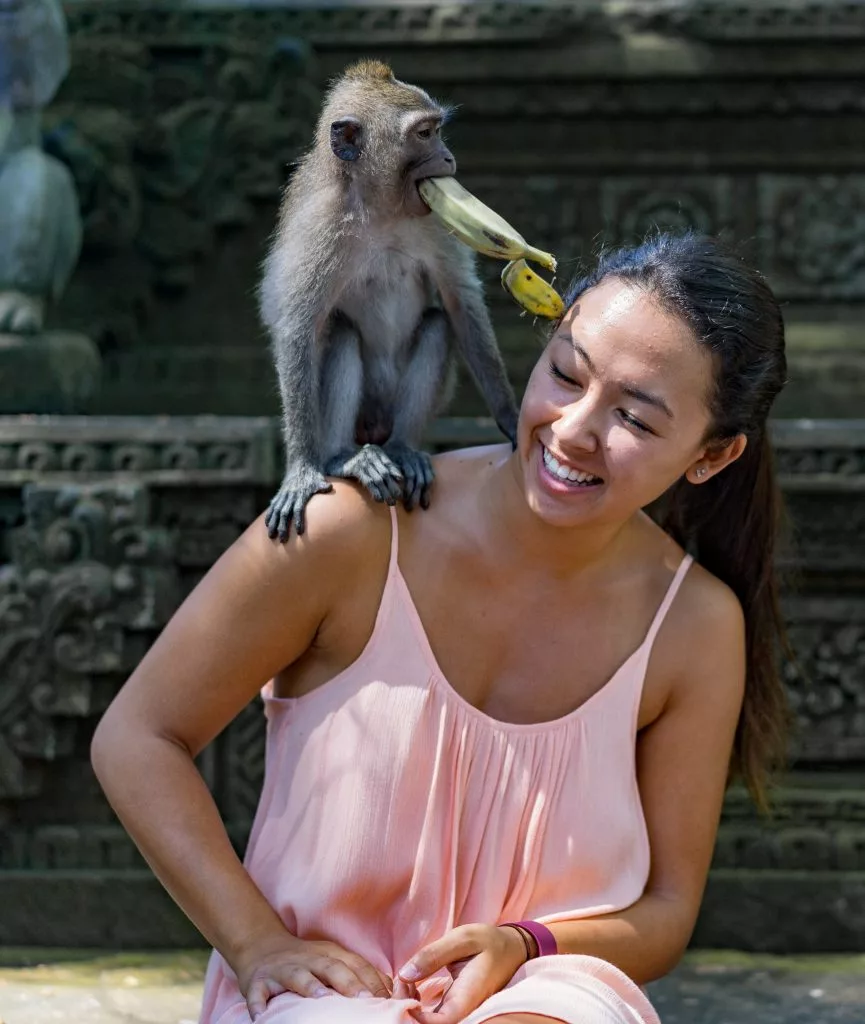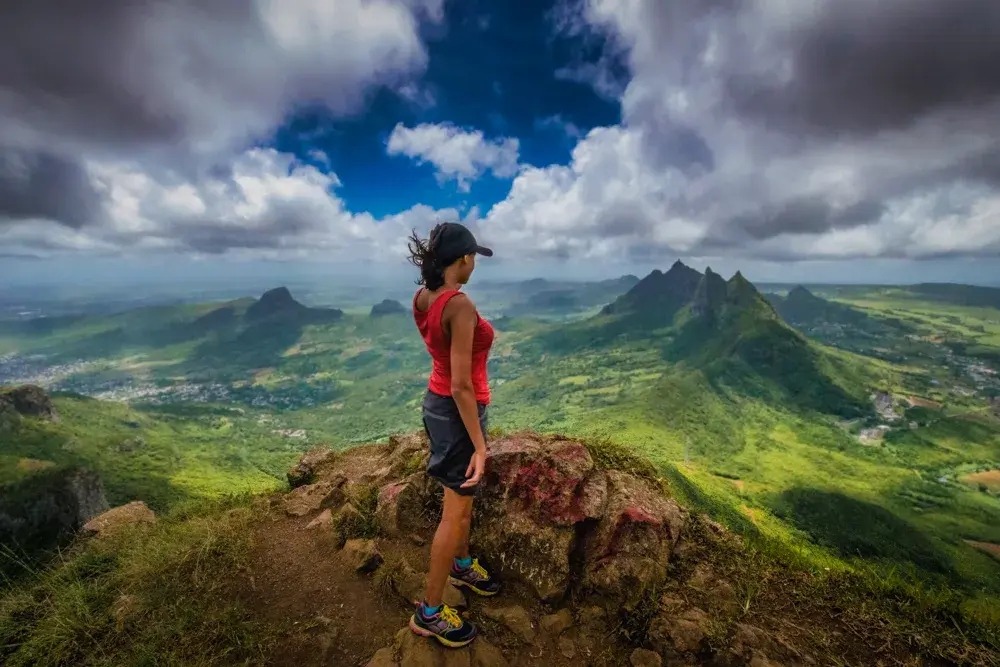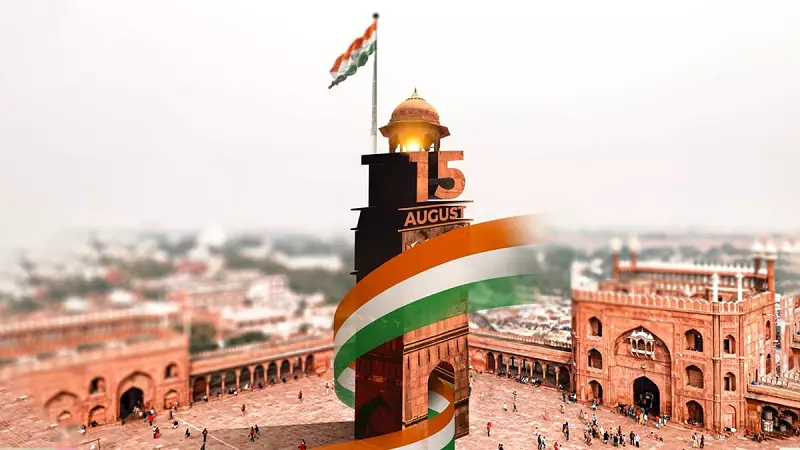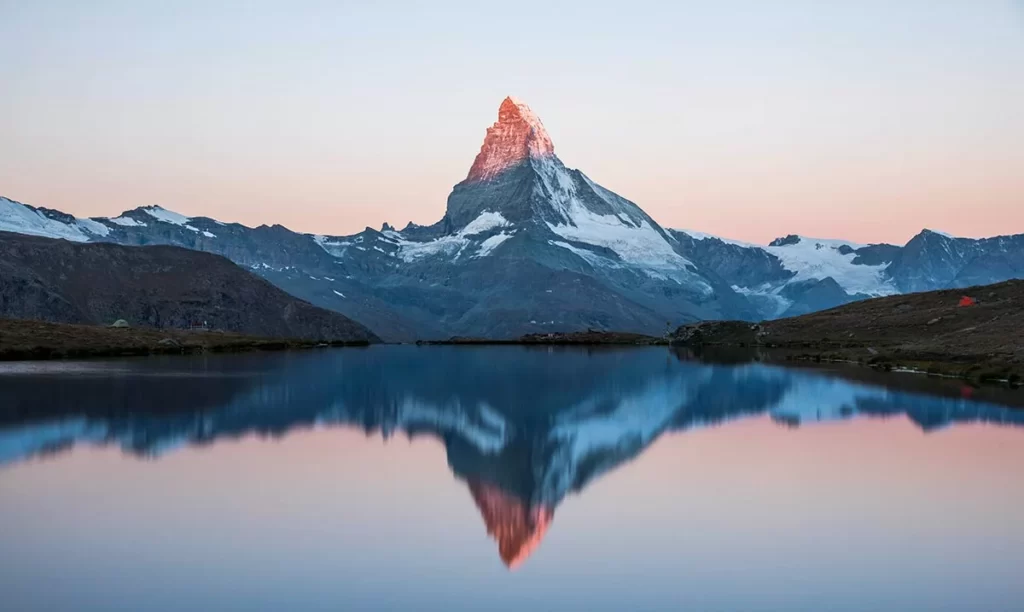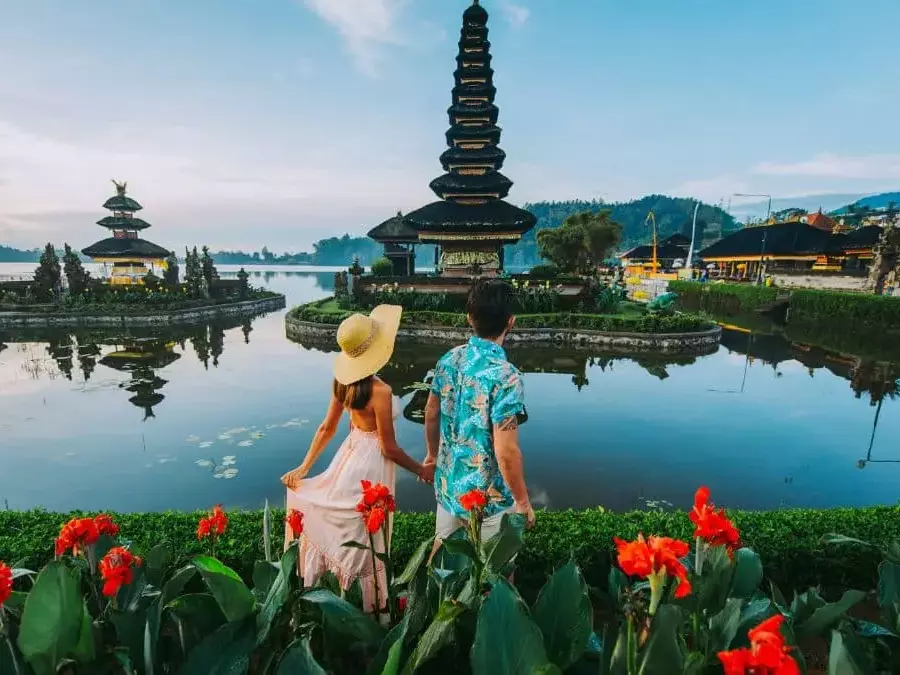One of India's Top Palaces to Visit While on Vacation
India is a country with a rich cultural heritage, including idols. With their rich royal history filled with Maharajas, fortresses, strongholds, rulers, queens, nizams, sultans, as well as all that Prince Jazz and grandeur, these opulent palaces in India provide an intriguing window into a bygone era. Exploring these opulent palaces, many of which were later converted into hotels, is undoubtedly a novel way to learn about the rich history of the nation. Today, palaces can still be found throughout India as a reminder of this lengthy past. Their aesthetic beauty, interior design, and artistic creations are breathtaking. Exploring these palaces is the ideal way to learn about the history of these Maharajas. Check out some of India’s most notable palaces to see how they represent the country’s royal heritage.
Rambagh Palace

Rambagh Palace is a former royal residence located in Jaipur, Rajasthan, India. It was built in 1835 for Maharaja Sawai Man Singh II, the then ruler of Jaipur state and it served as the residence of the Maharaja and his family. The palace is a perfect blend of Rajput and Mughal architecture and is one of the finest examples of Rajputana architecture. The palace has 78 rooms that are spread over 47 acres of lush gardens. The palace was also used as a guesthouse for visiting dignitaries and heads of state.
The palace is known for its grand architecture and beautiful gardens. The palace has a central courtyard with a fountain, and the palace halls are adorned with intricate frescoes, mirror work and marble inlaid floors. The palace also has a Durbar Hall, a banquet hall and a ballroom, all of which are used for state functions and ceremonies. The palace also has a number of smaller halls, rooms, and suites that are used for private functions.
After the independence of India in 1947, the palace was converted into a luxury hotel and was operated by the Taj Group of Hotels. The palace has been beautifully restored and maintained, and it continues to be a popular tourist attraction in Jaipur. Visitors can tour the palace and see the beautiful gardens, halls, and suites, and also can experience the opulence and grandeur of the palace by staying in the palace as a guest.
Lalgarh Palace
Lalgarh Palace is a palace located in Bikaner, Rajasthan, India. It was built in the early 20th century by Maharaja Ganga Singh, the then ruler of the Bikaner state. The palace was designed by the British architect, Sir Samuel Swinton Jacob, in the Indo-Saracenic architectural style, which combines elements of Indian, Islamic, and European architectural styles.
The palace is a three-storied building, with a central courtyard and a number of halls and rooms. The palace has a mix of European and Indian architectural elements, with domes, arches, and intricate carvings. The palace has grand halls, such as the Durbar Hall, which was used for state functions and ceremonies, and the Sheesh Mahal, which is known for its beautiful mirror work. The palace also has a number of smaller halls, rooms, and suites, which are used for private functions.
The palace also has beautiful gardens, which are known for their fountains, flowerbeds, and lawns. The palace also has a number of other buildings, such as the Laxmi Vilas, which is used as a residence for the royal family, and the Ganga Niwas, which is used as a guesthouse.
Lalgarh Palace is not just a palace but a heritage hotel now, and visitors can tour the palace and see the beautiful halls and gardens, and also can experience the opulence and grandeur of the palace by staying in the palace as a guest. The palace also serves as a venue for conferences, weddings and other events.
Neemrana Palace

Neemrana Palace is a 15th-century palace located in Neemrana, Rajasthan, India. The palace was built by Raja Rajdeo of the Nikumbh Rajputs and was later taken over by the Rajputs of Mewar and the Mughals. The palace was abandoned in 1947, but it was later restored and converted into a heritage hotel in the 1980s by Aman Nath, an Indian historian and hotelier, and Francis Wacziarg, a French entrepreneur.
The palace is situated on a hilltop and spreads over several levels, with a number of courtyards, terraces, and halls. The palace has a mix of Rajput and Mughal architectural styles, with a number of traditional architectural elements such as jharokhas (overhanging windows), chhatris (domed pavilions), and frescoes. The palace also has a number of smaller halls, rooms, and suites, which are used for private functions.
The palace also has beautiful gardens and terraces, which offer panoramic views of the surrounding countryside. The palace also has a number of other buildings, such as the Zenana Mahal, which is used as a residence for the royal family, and the Rang Mahal, which is used as a guesthouse.
Neemrana Palace is a heritage hotel now, and visitors can tour the palace and see the beautiful halls and gardens, and also can experience the opulence and grandeur of the palace by staying in the palace as a guest. The palace also serves as a venue for conferences, weddings and other events.
Mysore Palace

Mysore Palace is a palace located in Mysore, Karnataka, India. It was the residence of the Wadiyar dynasty, who were the rulers of the Kingdom of Mysore. The palace was built in the 14th century and has been renovated and expanded over the centuries. The current palace structure is the fourth palace to have been built on the same site.
The palace is a grand example of the Indo-Saracenic architectural style, which combines elements of Indian, Islamic, and European architectural styles. The palace has a mix of traditional Indian and European architectural elements, with domes, arches, and intricate carvings. The palace has grand halls, such as the Durbar Hall, which was used for state functions and ceremonies, and the Ambavilasa, which is known for its beautiful frescoes and mirror work. The palace also has a number of smaller halls, rooms, and suites, which are used for private functions.
The palace also has beautiful gardens, which are known for their fountains, flowerbeds, and lawns. The palace also has a number of other buildings, such as the Kalyana Mantapa, which is used as a venue for weddings and other events, and the Gombe Thotti, which is used as a venue for traditional dances and other cultural events.
Mysore palace is a major tourist attraction and is visited by thousands of visitors every year. The palace is open to visitors and can be explored on a guided tour. Visitors can see the grand halls and gardens, and also can learn about the history and culture of the Kingdom of Mysore.
Chettinad Palace
Chettinad Palace is a palace located in the Chettinad region of Tamil Nadu, India. It was the residence of the wealthy Chettiar community, a group of merchants and bankers who played a significant role in the economic development of the region. The palace was built in the late 19th century and early 20th century and is known for its grand architecture and opulent interiors.
The palace is a grand example of the Chettinad architectural style, which is characterized by its use of traditional Indian building techniques and materials such as teak, marble, and granite. The palace has a mix of traditional Indian and European architectural elements, with domes, arches, and intricate carvings. The palace has grand halls, such as the Durbar Hall, which was used for state functions and ceremonies, and the Kalyana Mantapa, which is known for its beautiful frescoes and mirror work. The palace also has a number of smaller halls, rooms, and suites, which are used for private functions.
The palace also has beautiful gardens, which are known for their fountains, flowerbeds, and lawns. The palace also has a number of other buildings, such as the Kalyana Mantapa, which is used as a venue for weddings and other events, and the Gombe Thotti, which is used as a venue for traditional dances and other cultural events.
Nowadays, many of these palaces are converted into Heritage hotels, and visitors can tour the palace and see the beautiful halls and gardens, and also can experience the opulence and grandeur of the palace by staying in the palace as a guest. The palace also serves as a venue for conferences, weddings and other events.
Mubarak Mandi Palace

Mubarak Mandi Palace is a palace located in Jammu, Jammu and Kashmir, India. It was the former residence of the Maharaja of Jammu and Kashmir and served as the seat of the Dogra dynasty, who ruled the region for over a century. The palace was built in the 19th century and is known for its grand architecture and opulent interiors.
The palace is a grand example of the Dogra architectural style, which is characterized by its use of traditional Indian building techniques and materials such as wood and stone. The palace has a mix of traditional Indian and European architectural elements, with domes, arches, and intricate carvings. The palace has grand halls, such as the Durbar Hall, which was used for state functions and ceremonies, and the Sheesh Mahal, which is known for its beautiful frescoes and mirror work. The palace also has a number of smaller halls, rooms, and suites, which are used for private functions.
The palace also has beautiful gardens, which are known for their fountains, flowerbeds, and lawns. The palace also has a number of other buildings, such as the Rang Mahal, which is used as a residence for the royal family, and the Shoda Kothi, which is used as a guesthouse.
Nowadays, Mubarak Mandi palace is a heritage hotel and visitors can tour the palace and see the beautiful halls and gardens, and also can experience the opulence and grandeur of the palace by staying in the palace as a guest. The palace also serves as a venue for conferences, weddings and other events.
Taragarh Palace
Taragarh Palace, also known as Taragarh Fort, is a palace and fort located in the city of Bundi, Rajasthan, India. It was built in the 14th century by Raja Uday Singh and served as the residence of the rulers of the princely state of Bundi. The palace is situated on a hilltop overlooking the city and is known for its grand architecture and beautiful views.
The palace is a grand example of the Rajput architectural style, which is characterized by its use of traditional Indian building techniques and materials such as stone, marble, and sandstone. The palace has a mix of traditional Indian architectural elements, with domes, arches, and intricate carvings. The palace has grand halls, such as the Durbar Hall, which was used for state functions and ceremonies, and the Sheesh Mahal, which is known for its beautiful frescoes and mirror work. The palace also has a number of smaller halls, rooms, and suites, which are used for private functions.
The palace also has beautiful gardens, which are known for their fountains, flowerbeds, and lawns. The palace also has a number of other buildings, such as the Rang Mahal, which is used as a residence for the royal family, and the Shoda Kothi, which is used as a guesthouse.
Nowadays, Taragarh Palace is open for visitors and can be visited as a heritage hotel, Visitors can tour the palace and see the beautiful halls and gardens, and also can experience the opulence and grandeur of the palace by staying in the palace as a guest. The palace also serves as a venue for conferences, weddings and other events.
Amer Fort

Last but not least, Amer Fort, also known as Amber Fort, is a palace and fort located in the city of Jaipur, Rajasthan, India. It was built in the 16th century by Raja Man Singh, a Rajput ruler, and served as the residence of the rulers of the princely state of Amer. The palace is situated on a hilltop overlooking the city and is known for its grand architecture and beautiful views.
The palace is a grand example of the Rajput architectural style, which is characterized by its use of traditional Indian building techniques and materials such as red sandstone and white marble. The palace has a mix of traditional Indian architectural elements, with domes, arches, and intricate carvings. The palace has grand halls, such as the Diwan-i-Aam, which was used for public audience and the Diwan-i-Khas, which was used for private audience with the king. It also has a number of smaller halls, rooms, and suites, which are used for private functions.
The palace also has beautiful gardens, which are known for their fountains, flowerbeds, and lawns. The palace also has a number of other buildings, such as the Sheesh Mahal, which is known for its beautiful frescoes and mirror work, and the Sukh Niwas, which is used as a residence for the royal family.
Amer Fort is one of the most popular tourist attraction in Jaipur, and visitors can tour the palace and see the beautiful halls and gardens, and also can experience the opulence and grandeur of the palace by staying in the palace as a guest. The palace also serves as a venue for conferences, weddings and other events.
Are you finding this guide useful? There are numerous reasons for you to begin making reservations! I’m confident that this vacation will be a delightful experience for you, full of adventure, luxury, and tasteful experiences. Check out top holiday packages and pick the best palaces in India for you. Tripshark ensures that our best travel experience is put into planning your exciting vacation. Begin planning and have a wonderful trip! Please leave a Whatsapp inquiry if you have any questions.
Let us know your requirements. Our experts will curate the perfect itinerary for you.


